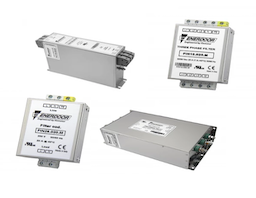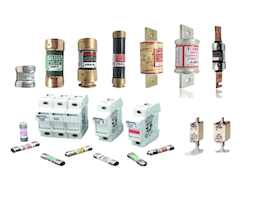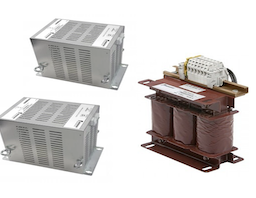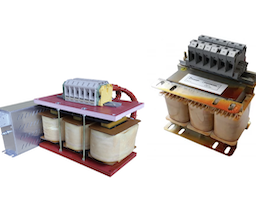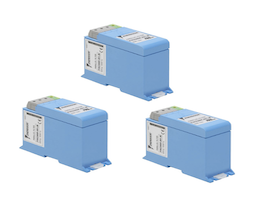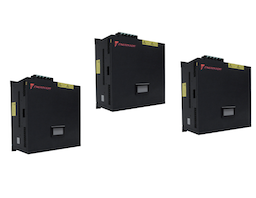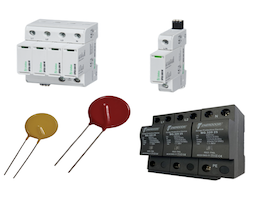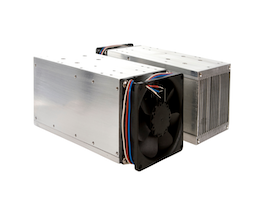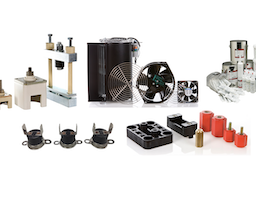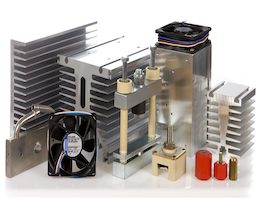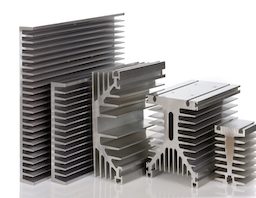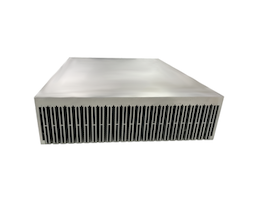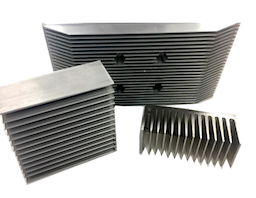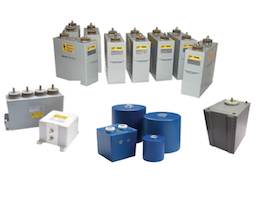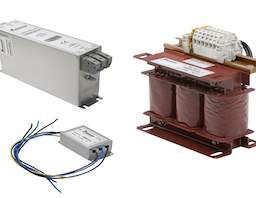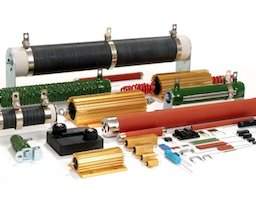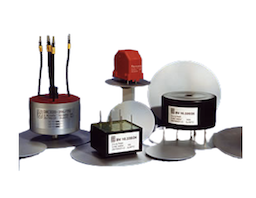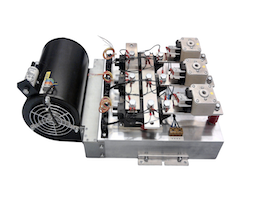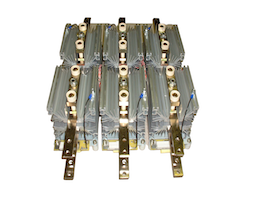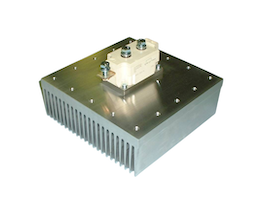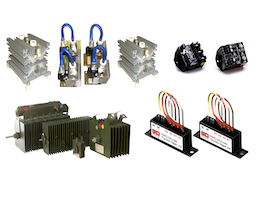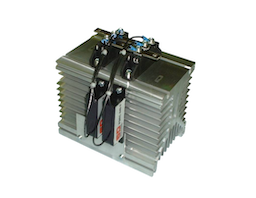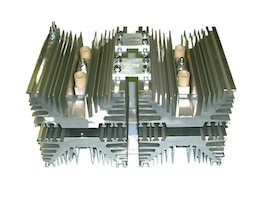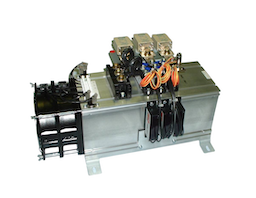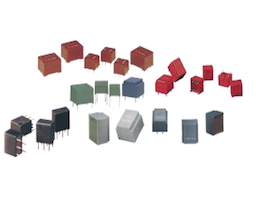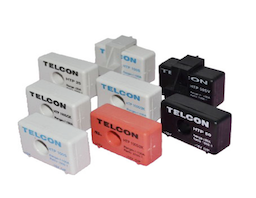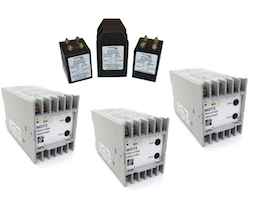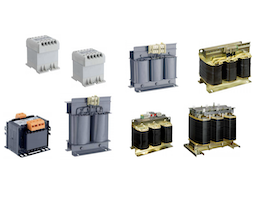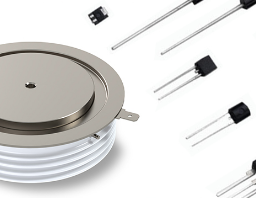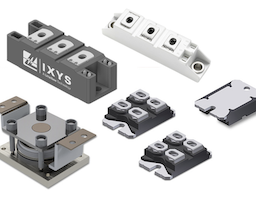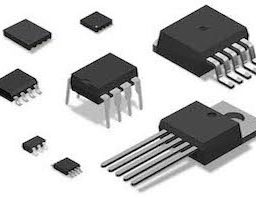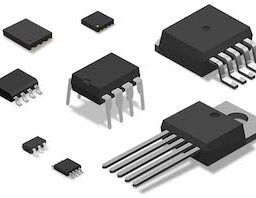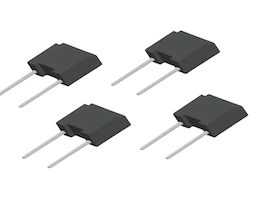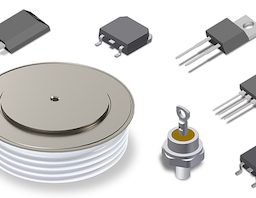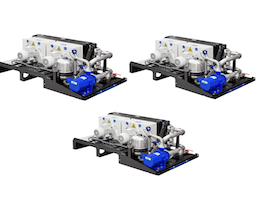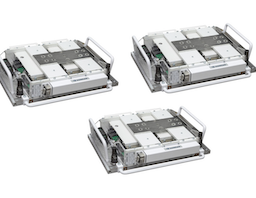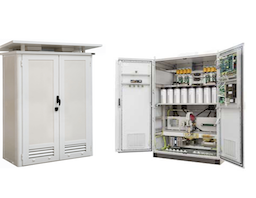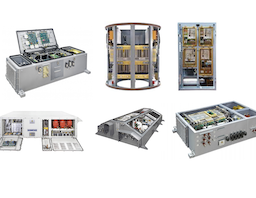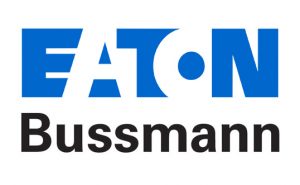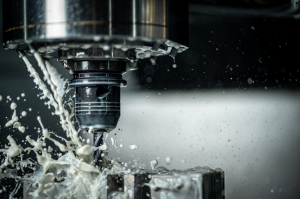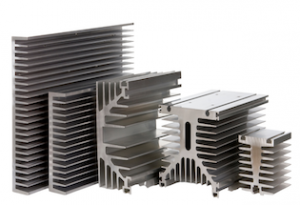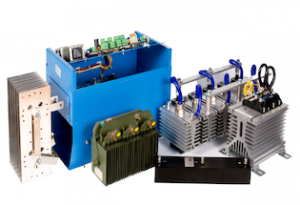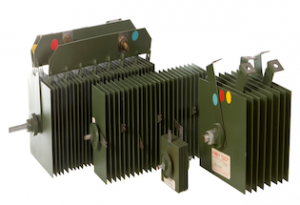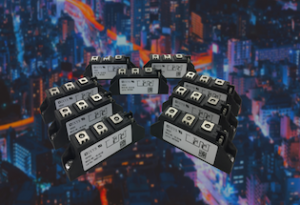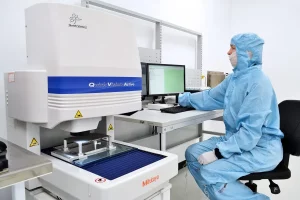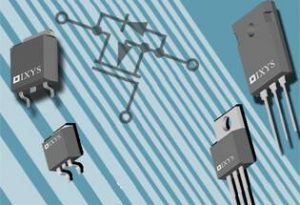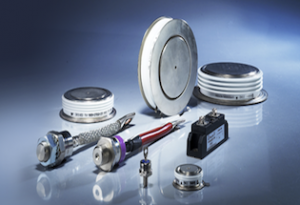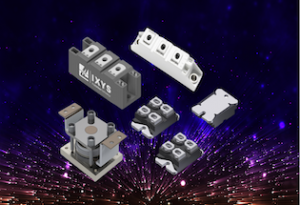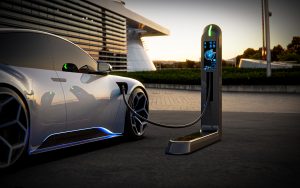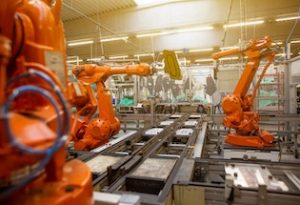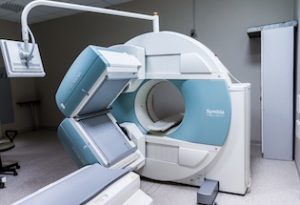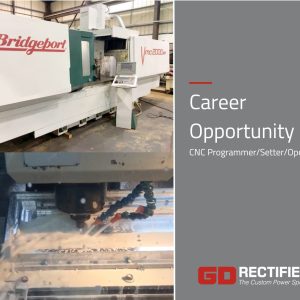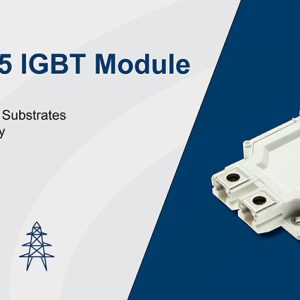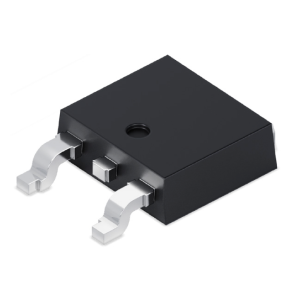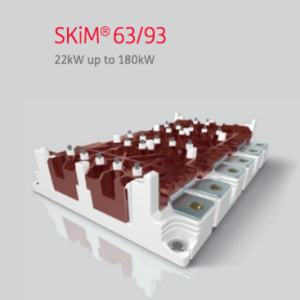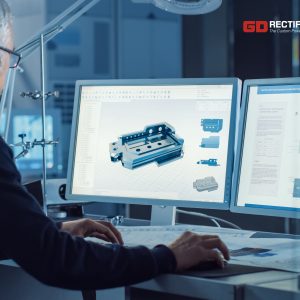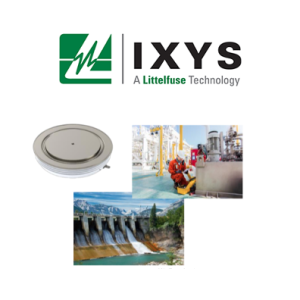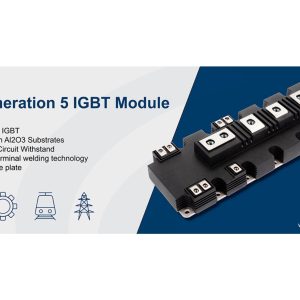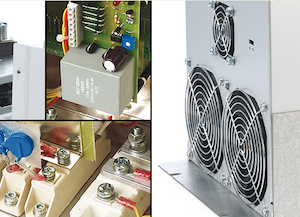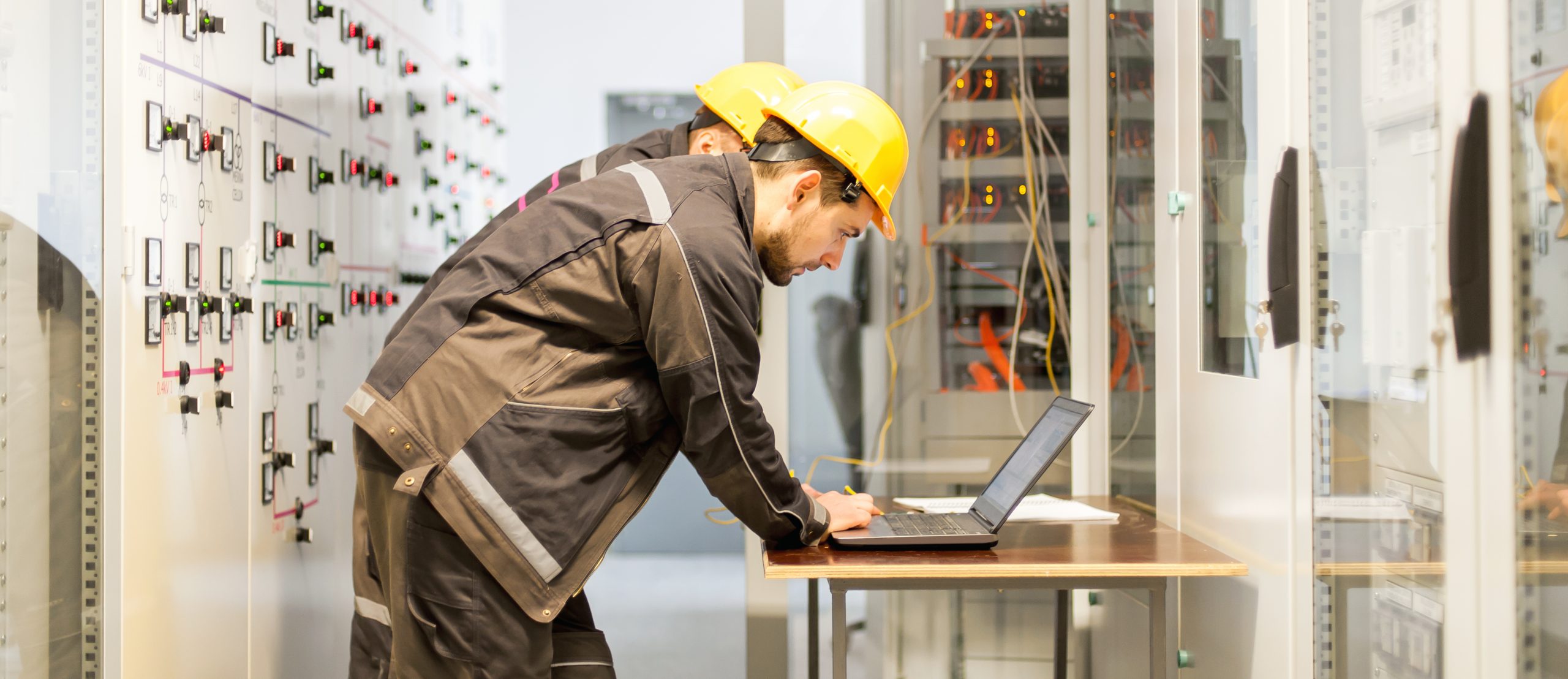25.11.2016
November 2016 – Electronica 2016: The Highlights
Published on: 25/11/2016
Discover our top 5 highlights from the Electronica 2016 exhibition

The Electronica exhibition in München is renowned for bringing market influencers and young talent to the forefront of the industry, attendees include established companies and investors, start-ups, specialists, educators and students. The purpose of the exhibition hosted in Germany, is to showcase, network and support talent.
Approximately 73,000 trade visitors from more than 80 countries attended the fair in München across the four days from 8th-11th November 2016. The countries with the largest number of visitors were: Germany, Italy, Austria, Great Britain and Northern Ireland.
Electronica 2016
Here, GD Rectifiers share their top 5 event highlights with you:
1. The World’s First Wireless Car Battery Management System

Image credit: LION Smart
The world’s first wireless car battery system (BMS) is being used in a BMW i3 concept car. The innovation is thought to significantly improve range and charging times.
The concept car designed and developed by LION Smart combines Linear’s battery pack sensors with its SmartMesh network products and LION Smart’s high end Open Source BMS in a BMW i3.
This concept increases reliability, lowers costs and reduces weight and wire requirements in large multi-cell battery packs in electric cars of all kinds.
This development enables the team to place battery modules and sensors with greater flexibility which also provides additional benefits to the concept. The combination of Kreisel Electric’s laser welded 18650 modules with direct liquid cooling, the Linear Technology SmartMesh IP wireless mesh with the LTC6811 battery monitoring IC, and LION Smart’s Open BMS results in a charge time of just 15 minutes for a capacity of 55kWh and a range of more than 400km.
2. Medical-grade Wearable Tracks 64 Emotions

Image credit: Planexta
Planexta, a Ukraine-based company launched their Kickstarter campaign for Sense, the first emotion tracker to use electrocardiography (ECG) technology to help users better understand their emotional states.
This new wrist-worn gadget does more than just measure stress levels, it helps better to understand what emotions people feel and at which time in their life their emotions are running high.
This wearable technology uses Heart Rate Variability (HRV) to measure over 64 different emotions and simultaneously measures the events that may trigger particular feelings. The HRV provides the accuracy of an ECG which is 250 times greater than traditional fitness trackers which tend to use optical sensors that measure a person’s blood flow.
This technology uses patent-pending R-Peak tracking to measure heart activity. Two of three electrodes watch for that R-peak signal, while the third monitors other electrical activity in skin, brain and other organs to cancel out noise. Sense provides wearers with a dashboard of their physical and emotional health at a level of detail unmatched by existing wearables. Sense syncs with calendars, allowing users to track events, meetings, workouts and their emotional reactions to events in order to pinpoint stressors and identify patterns. Sense tracks over 40 emotions, including: enjoyment, nervousness, euphoria, exhaustion, aggression, sadness, calmness and anger.
The campaign runs until 1st December 2016 and more information can be found by visiting their Kickstarter page.
3. World Premiere of Bluetooth Rechargeable Battery

Image credit: Ansmann Industry Solutions
Ansmann Industry Solutions has launched a rechargeable battery with an integrated Bluetooth interface which not only covers a variety of technical aspects but it also makes new business models conceivable.
The Direct Connect rechargeable battery allows manufacturers of battery-operated devices such as e-bikes or lawn mowers to transmit data such as battery status, battery temperature, charging current and remaining range to displays or smartphones.
The Bluetooth rechargeable battery also make sit possible to control end applications via Bluetooth and a data bus from your smartphone. Alongside the solutions technical benefits, a number of new business models such as service offers will also emerge.
Until now, the few wireless applications on the market for rechargeable batteries have been associated with high development costs, this could change in the future making the technology more accessible for companies to use.
4. DragonFly 2020 Unveiled

Image credit: Nano Dimensions
The wait is finally over, visitors at Electronica got to experience the Dragonfly 2020; it prints out multilayer PCBs on site in just a few hours.
Smaller and complex PCBs are being industrially produced in a cost-effective manner. The disadvantage with this is that a large number of individual processes are used. The Nano Dimensions Dragonfly 2020 is different because it prints PCBs in a single step in just a few hours which means the prototyping is ultra fast and confidential design agreements can be kept between the two parties.
Experts predict that this technology could be used in the future as an affordable solution to manufacture sensors or microfluid systems.
5. World Record Rubik’s Cube Solver
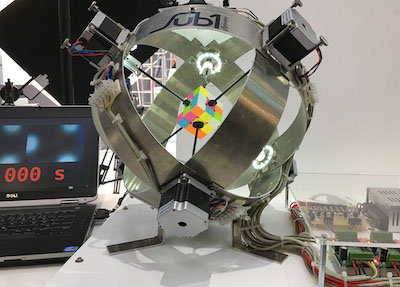
Photo credit: AURIX
The Sub1 Reloaded machine solved the Rubik’s Cube in just 637 milliseconds making it a world record at this year’s Electronica. The Sub1 Reloaded solved it in a record time with the help of the microcontroller AURIX. As one of the world’s most powerful minicomputers it is also one of the essential elements that enable autonomous driving. The best time completed by a human in the Guinness World Record is 4.9 seconds to solve the puzzle.
The computing power for the motor control was supplied by a microcontroller from Infineon‘s AURIX family but the Sub1 Reloaded contains a number of other microchips.
The attempt started with the press of a button, the shutters of the sensor cameras were removed. The machine then detected the position of the elements which had been previously moved. The computing chip figured out the fastest solution and transmitted the necessary commands to the power semiconductors. These then activated six motors, one for each side of the cube, at record speed and then brought them to a halt – all within the fraction of a second.
Infineon’s constructor Albert Beer designed the machine to aim for the best completion time instead of fewest moves, view the record breaking performance here.
Find out more about Infineon’s latest development here.
To find out more about the Electronica exhibition and how you can get involved next year click here, for further information on industry events please check our power electronics blog here.
